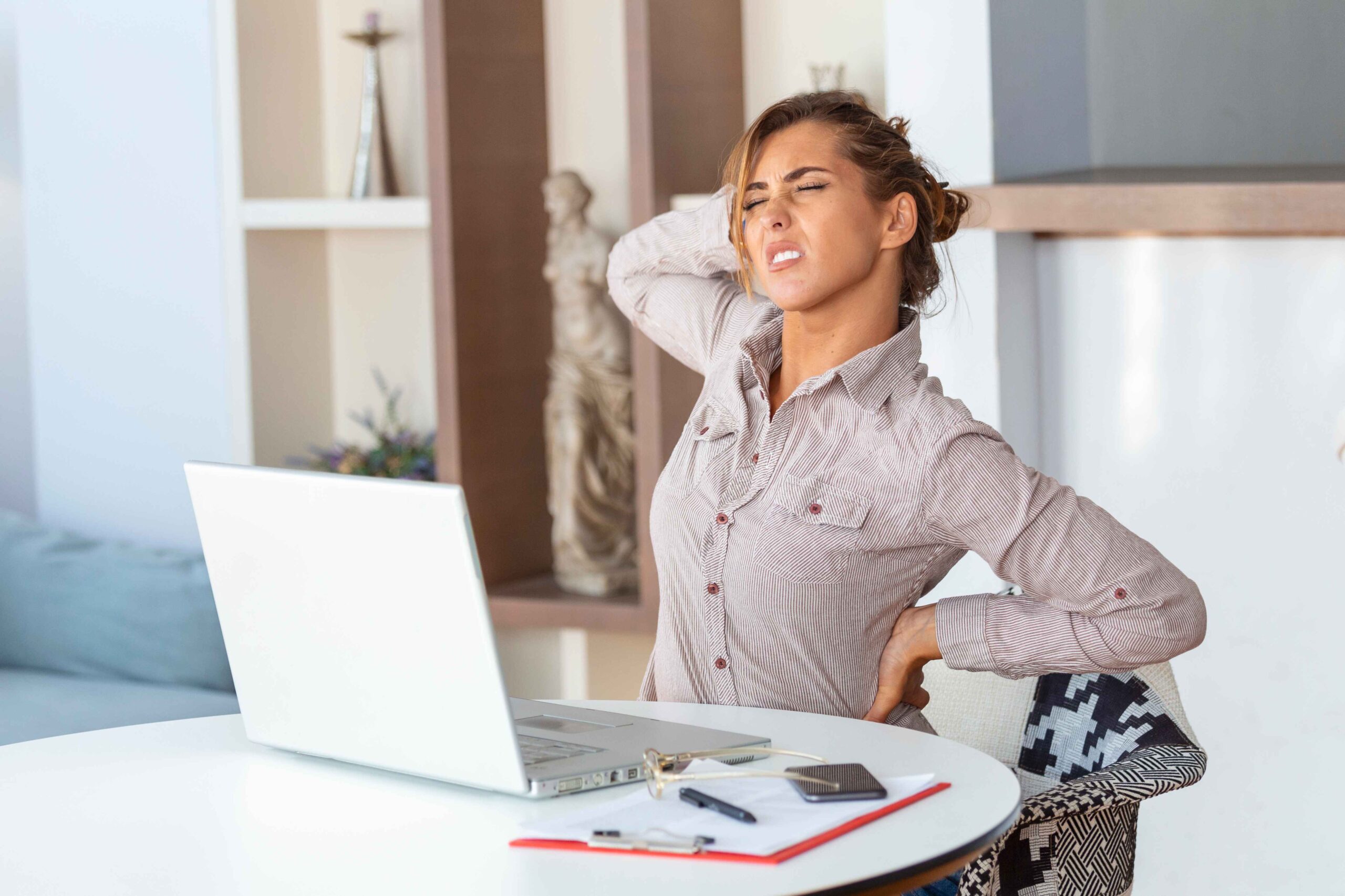Five Important Things to Consider to Relieve Lower Back Pain.
Lower back pain is one of the most common health issues today, affecting people of all ages—whether you are an office worker, homemaker, athlete, or senior citizen. In most cases, back pain is not due to a serious condition but is often related to poor posture, weak muscles, or unhealthy lifestyle habits. The good news is: with the right approach, most lower back pain can be relieved and even prevented.
Here are five important things to consider:
1. Posture & Ergonomics
our spine is designed to maintain a natural “S-curve.” Any deviation—like slouching, leaning forward, or hunching—places extra stress on your lower back.
Sitting: Use an ergonomic chair with proper lumbar support. Keep your feet flat on the floor and knees at hip level.
Working at a desk: Keep the computer screen at eye level and your keyboard/mouse close to avoid leaning forward.
Standing: Stand tall with your shoulders relaxed and weight distributed evenly on both feet.
👉 Correcting posture reduces strain and allows the spine to work efficiently, preventing recurring pain.
2. Movement & Exercise
A sedentary lifestyle is one of the biggest triggers of back pain. Staying active helps keep your muscles strong and flexible.
Stretching: Daily stretches for hamstrings, hip flexors, and lower back muscles prevent stiffness.
Strengthening: Core exercises like planks, bird-dog, or bridges improve spinal stability.
Low-impact activities: Walking, swimming, or yoga are excellent to keep your back healthy without overloading it.
“Motion is lotion.” The more you move correctly, the better your back feels.
3. Lifestyle Habits
Back health is deeply influenced by your daily choices.
Weight management: Excess body weight, especially around the abdomen, increases pressure on the spine.
Sleep posture: A medium-firm mattress supports the spine better. Sleeping on your side with a pillow between your knees can reduce strain.
Stress management: Stress tightens muscles, especially in the back. Breathing exercises, yoga, or meditation can help.
👉 Small lifestyle adjustments often make a big difference in long-term back health.
4. Body Mechanics in Daily Activities
How you move throughout the day can either protect or damage your back.
Lifting: Always bend your knees, keep the back straight, and lift using your legs—not your spine.
Carrying: Hold objects close to your body and avoid twisting at the waist.
Household chores: While cleaning or cooking, avoid bending for long periods. Use supportive shoes and adjust heights of work surfaces when possible.
👉 Think of your back as a delicate machine—use it wisely to avoid wear and tear.
5. Professional Help & When to Seek Medical Advice
Sometimes, self-care is not enough, and professional guidance is required.
Physiotherapy: A physiotherapist can design a personalized program including manual therapy, strengthening, and posture correction.
Medical evaluation: If you experience pain lasting more than 4–6 weeks, pain radiating down the legs, numbness, weakness, or issues with bladder/bowel control, consult a doctor immediately.
Preventive care: Regular check-ups, workplace ergonomic assessments, and guided exercises prevent chronic issues.
👉 Early intervention prevents small issues from becoming long-term disabilities.
Final Thoughts
Relieving lower back pain is not just about taking medicines or temporary rest—it’s about adopting healthy habits, correct movement, and professional guidance when needed. By focusing on these five key areas—posture, exercise, lifestyle, body mechanics, and professional care—you can significantly reduce pain, improve mobility, and maintain a stronger, healthier back for years to come.
For more information Call
Call Now

